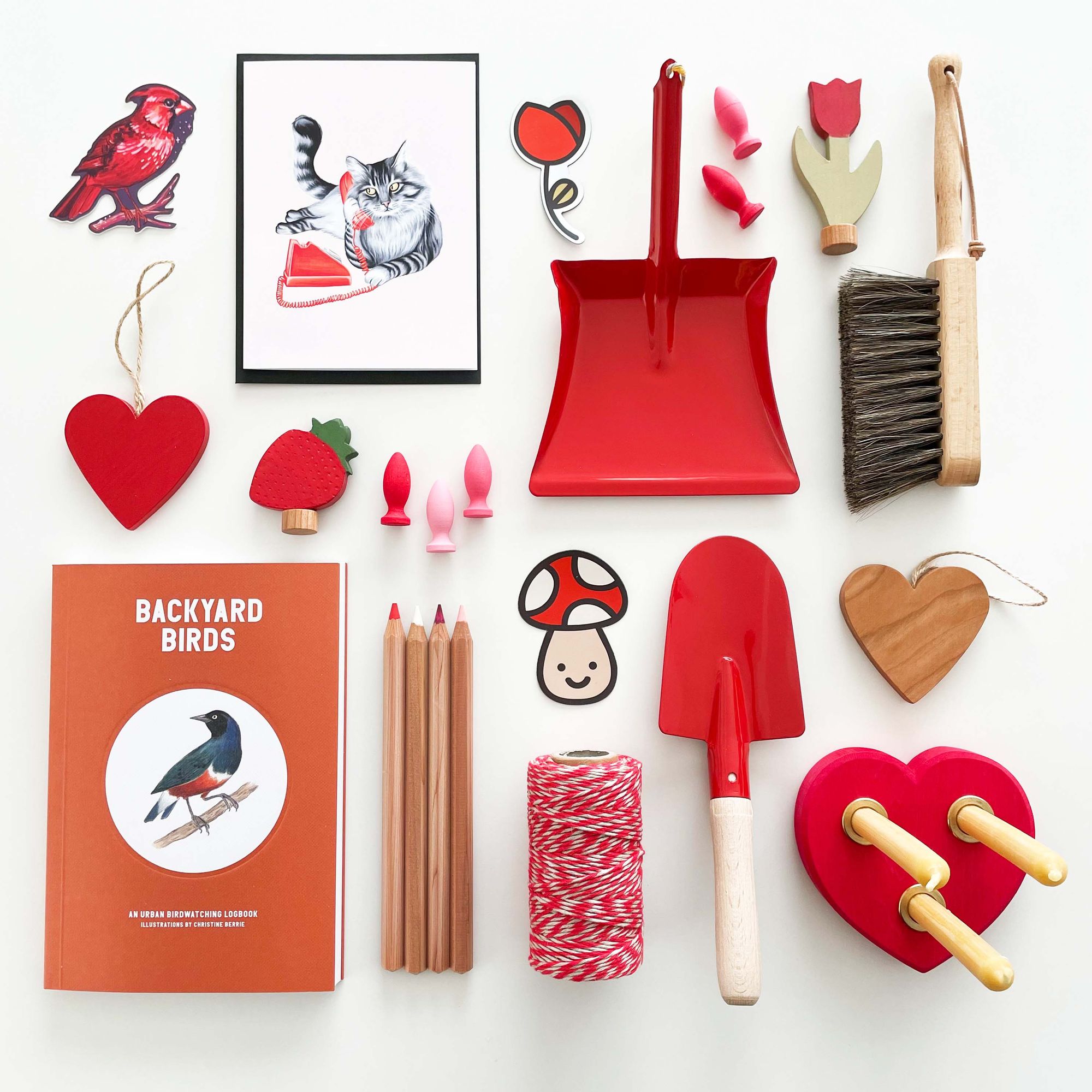When it comes to finding ways to communicate with current and potential customers, many makers gravitate toward social media platforms like Instagram, Facebook and Pinterest. It makes sense — they’re free to use (advertising aside) and very visual, and they’re a convenient way to get products in front of interested buyers.
But there’s another tool every small business should consider, and it’s as awesomely ’90s retro as slip dresses and overalls. Yes, we’re talking about email. It’s the technology everyone loves to complain about (cue angst about overflowing inboxes), but it might just be the best not-in-person way to connect with your customers.
The benefits of email newsletters
There’s something about email that, when done right, feels personal. It’s a message from you direct to your customer, via their individual email address. There’s no clutter from other people’s likes and comments, or fear of the message being buried by the algorithm (though, Gmail’s promotions inbox can be a black hole). At its best, an e-newsletter feels like a one-to-one relationship.
And, a bonus for the long term, you own your list. You don’t have to worry about a third-party company changing how things work so that suddenly, no one sees your messages anymore. While people do sometimes give up specific email addresses (such as when they change jobs), you’ll know when messages start bouncing — unlike on social media, where a large chunk of your so-called followers might have inactive or rarely used accounts. Plus, there are plenty of people who don’t use social media at all.
You can also test and measure with email. You can see what makes people open your messages and what makes them click. You can ask questions and open up discussions. And if what you write resonates with customers enough, you can count on them to forward your emails to friends.
How to send e-newsletters in Canada
There’s one very important consideration for maker businesses in Canada who want to send email newsletters, and that’s CASL: Canada’s Anti-Spam Legislation.
CASL contains a lot of details, but the spirit of the law is that you can only send email to people who have opted in — as in, they specifically asked to receive email from you — and you have to make it easy for them to unsubscribe at any time.
From a business perspective, this makes a lot of sense. Wouldn’t you rather be communicating with people who want to hear from you?
The good news is, you don’t need to be an expert in email technology to follow the rules of CASL. If you’re using a popular tool such as Shopify or Mailchimp to manage your email list and sign-ups, you can count on them having CASL compliance built in.
5 things to think about when crafting your email strategy
A strategy sounds fancy, but it’s not. It’s really just a plan. It can be as simple as a few bullet points outlining your intentions and the specifics of how you’re going to get there. Here are some questions to consider.
1. How frequently will you send your newsletter?
According to most experts, consistency is more important than frequency. In other words, it’s better to send a newsletter on the first Tuesday of every month than to tell your customers you’ll email them weekly and actually send updates sporadically. Be realistic about the time you have available and the ideas you have to share, and commit to at least three to six months of sticking to a regular schedule before you make modifications.
2. How will you get subscribers?
Make sure that it’s obvious on your website and other platforms that you even have a newsletter, and make it easy to subscribe to. You can also consider offering sign-up incentives, such as a discount off their first order, a downloadable ebook, a free PDF pattern or entry into a giveaway.
3. How will you offer value?
It’s tempting to treat an email as a sales pitch to get people to buy more, but unless you’re a grocery store, customers simply won’t be shopping from you that often. Most businesses need to give subscribers a reason not to unsubscribe. Depending on your business, that might be behind-the-scenes updates, how-to articles or videos, news on exhibitions and partnerships, or a roundup of links you think customers might be interested in.
4. How will you integrate product?
Your newsletter should offer value beyond just links to shop, but that doesn’t mean products can’t be included. For instance, you might feature one or two items per issue, relevant to the season or to illustrate other newsletter content. Or you could even share information on a new product you’re developing, and ask readers for their input.
5. How will you build relationships?
Ultimately, an email newsletter is a communications tool, which means it’s a relationship-building tool. For maker businesses, it’s a way to accentuate the small-scale, handmade nature of your product and your work.
Shoppers who buy from small businesses want to feel like they’re part of a club, a group of people who appreciate craft. Being inclusive and interactive with your subscribers is a big part of maintaining that personal relationship. Ask questions, be genuine and talk to them like friends, not just sources of income. You’ll be rewarded with a fan base that’s a solid customer base, too.
Tell us: What email newsletters from maker businesses do you love seeing in your inbox, and why?







